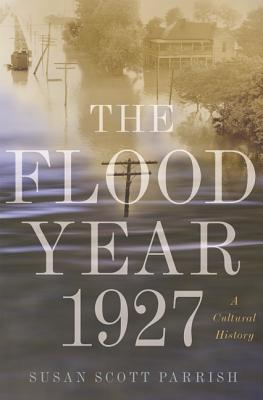Expedite your nonfiction book discovery process with Readara interviews, summaries and recommendations, Broaden your knowledge and gain insights from leading experts and scholars
In-depth, hour-long interviews with notable nonfiction authors, Gain new perspectives and ideas from the writer’s expertise and research, Valuable resource for readers and researchers
Optimize your book discovery process, Four-to eight-page summaries prepared by subject matter experts, Quickly review the book’s central messages and range of content
Books are handpicked covering a wide range of important categories and topics, Selected authors are subject experts, field professionals, or distinguished academics
Our editorial team includes books offering insights, unique views and researched-narratives in categories, Trade shows and book fairs, Book signings and in person author talks,Webinars and online events
Connect with editors and designers,Discover PR & marketing services providers, Source printers and related service providers

The Flood Year 1927: A Cultural History
History > United States - 20th Century
- Princeton University Press
- Paperback
- 9780691182940
- 9 X 5.7 X 0.9 inches
- 1.2 pounds
- History > United States - 20th Century
- (Single Author) Asian American
- English
Readara.com
Book Description
A richly nuanced cultural history of the Great Mississippi flood
The Great Mississippi Flood of 1927 was the most destructive river flood in U.S. history, drowning crops and displacing more than half a million people across seven states. It was also the first environmental disaster to be experienced virtually on a mass scale. The Flood Year 1927 draws from newspapers, radio broadcasts, political cartoons, vaudeville, blues songs, poetry, and fiction to show how this event provoked an intense and lasting cultural response. Americans at first seemed united in what Herbert Hoover called a great relief machine, but deep rifts soon arose. Southerners, pointing to faulty federal levee design, decried the attack of Yankee water. The condition of African American evacuees prompted comparisons to slavery from pundits like W.E.B. Du Bois and Ida B. Wells. And environmentalists like Gifford Pinchot called the flood the most colossal blunder in civilized history. Susan Scott Parrish examines how these and other key figures--from entertainers Will Rogers, Miller & Lyles, and Bessie Smith to authors Sterling Brown, William Faulkner, and Richard Wright--shaped public awareness and collective memory of the event. The crises of this period that usually dominate historical accounts are war and financial collapse, but The Flood Year 1927 allows us to assess how mediated environmental disasters became central to modern consciousness.
Author Bio
I am a Professor in the Department of English and the Program in the Environment at the University of Michigan, and Arthur F. Thurnau Professor. I began my career in the 1990s as a cultural historian of the British Atlantic world, with a focus on American plantation zones, and a particular interest in how American nature and American races were co-constructed in the 17th and 18th centuries through scientific networks.
Retaining my interests in the nature/race/knowledge bundle, but increasingly attending to environmental history, I turned my attention to a 20th-century ecocatastrophe in the US cotton kingdom of the Lower Mississippi Valley. Most recently, I have been focusing on contemporary fiction, film and photography to see how this long history of the plantation, and especially Black connections with, and alienations from, the natural world are being imagined by artists today.
I have served on the editorial boards of American Literature, Early American Literature, the Winterthur Portfolio, and have just joined The Faulkner Journal. I have been a council member at the Omohundro Institute of Early American History and Culture, have served on the Executive Committee of the MLA’s “American Literature to 1800” Division, and been elected as a member of the American Antiquarian Society.
Closer to home, I have served as a Director of Undergraduate Studies in English, and as its Associate Chair. I began a new role as Chair of the Michigan Society of Fellows in January 2021.
Source: University of Michigan
Videos


Community reviews
No Community reviews

